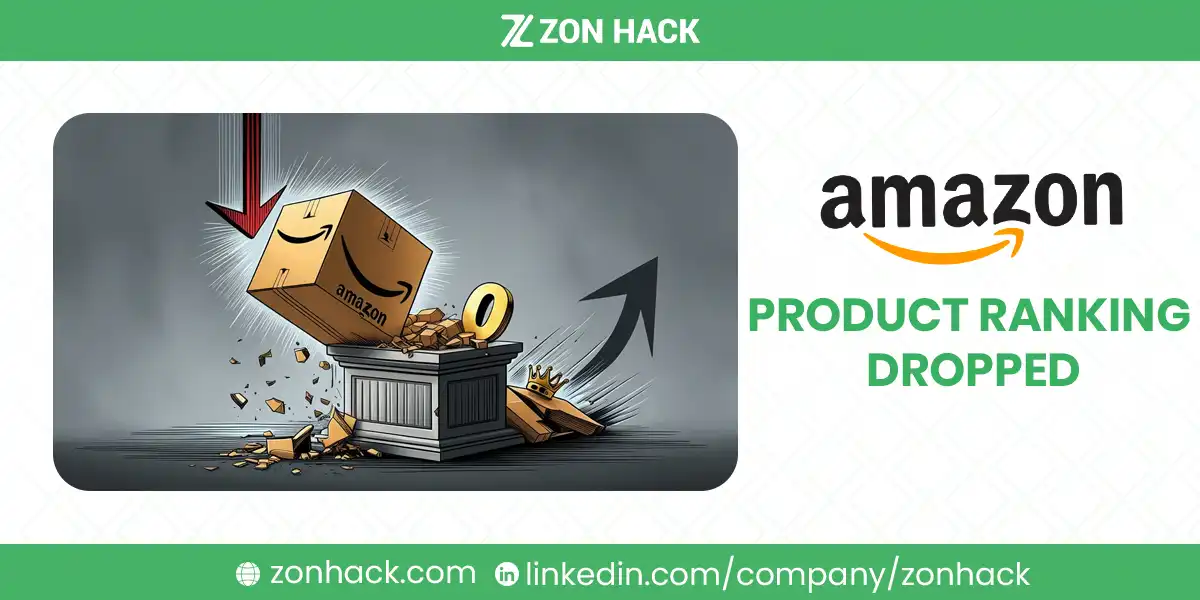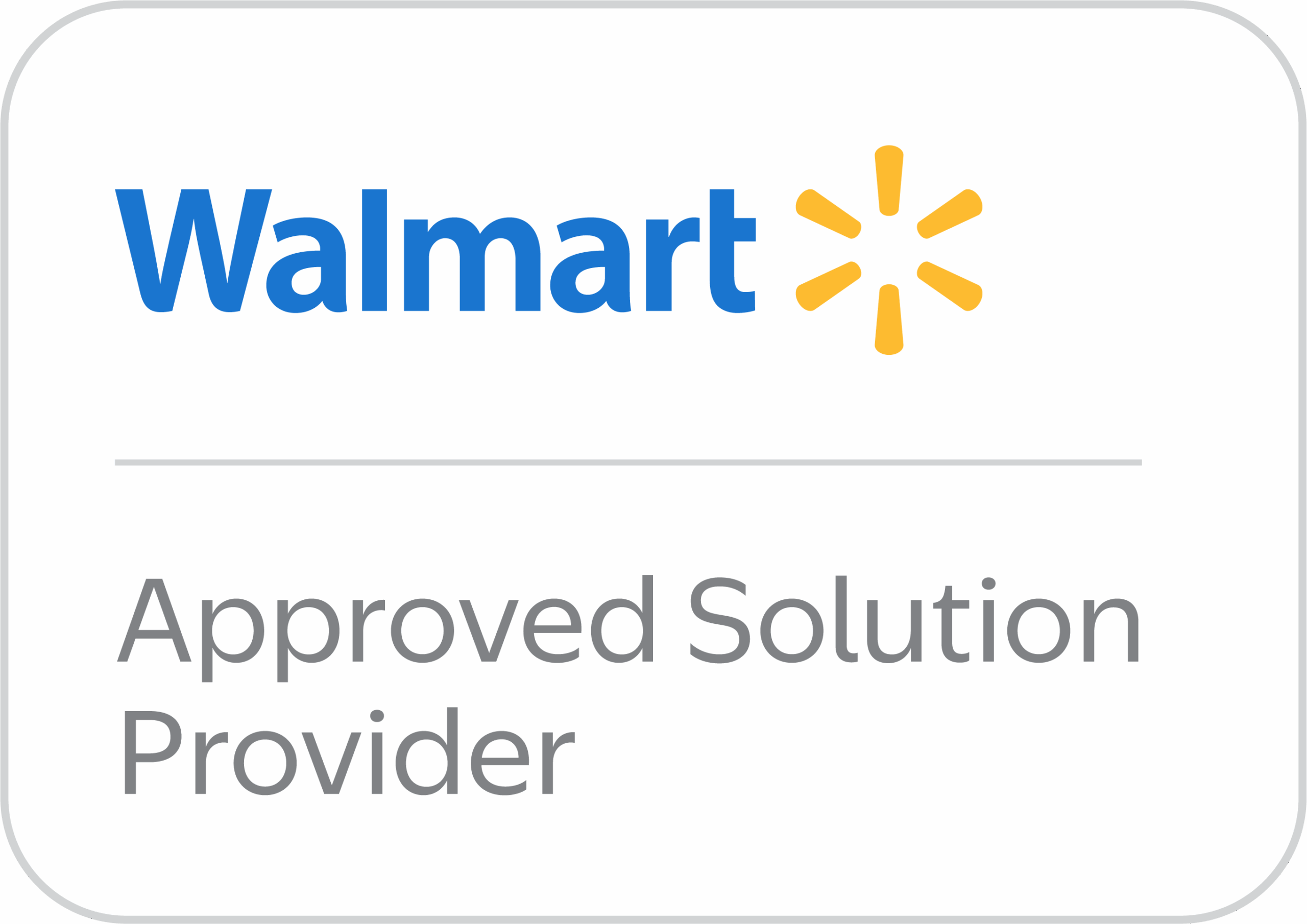Amazon product ranking, often referred to as Amazon Sales Rank or Best Seller Rank (BSR), is a metric that determines a product’s visibility and performance within the Amazon marketplace. It directly impacts how often potential buyers see your product when searching for related items. A high ranking places your product closer to the top of search results, significantly improving its chances of being purchased. This visibility is crucial in a competitive marketplace like Amazon, where thousands of sellers vie for attention in every category.
However, what happens when your product ranking drops unexpectedly? Such drops can spell trouble for sales, visibility, and the long-term growth of your business. Ranking fluctuations can stem from numerous factors, ranging from internal changes to external competition or even algorithm updates. The good news is that identifying the root cause and implementing targeted strategies can help you recover and regain your competitive edge.
How Amazon’s Ranking Algorithm Works
To understand why your ranking may have dropped, it is essential to grasp how Amazon’s ranking algorithm works. Unlike its predecessor, the A9 algorithm, the A10 places a greater emphasis on external traffic sources and overall product quality.
Several key factors influence product rankings on Amazon:
Sales Velocity
One of the most critical factors is sales velocity, which refers to the number and frequency of sales a product achieves. Products with higher sales velocity are deemed more desirable by Amazon’s algorithm, which translates to better rankings. Conversely, slow sales or stockouts can lead to significant ranking drops.
Keyword Relevance
Amazon’s algorithm analyzes the relevance of keywords used in your product listing—including the title, bullet points, backend keywords, and description. If these keywords do not match what customers are searching for, your product is unlikely to rank well.
Pricing Strategy
Competitive pricing plays a vital role in determining ranking. Overpricing can deter potential buyers, while consistent underpricing might make it difficult to compete profitably. Owning the Buy Box—Amazon’s feature that promotes a specific seller for a product—is also closely tied to pricing and significantly impacts visibility.
Customer Reviews and Ratings
Reviews and ratings are among the most transparent indicators of a product’s quality. Products with a high volume of positive reviews tend to rank higher because they foster customer trust. Conversely, a surge in negative reviews can lead to lower rankings.
Listing Quality
A well-optimized listing—complete with a clear title, compelling bullet points, and high-quality images—can make all the difference. Enhanced features such as A+ Content (available to brand-registered sellers) further improve conversion rates, indirectly boosting rankings.
External Traffic
Driving external traffic from sources such as Google Ads, social media platforms, or influencer partnerships can bolster your ranking. Amazon’s algorithm rewards sellers who attract customers from outside its ecosystem, viewing this as a sign of strong brand authority.
Fulfillment Method
Sellers using Fulfillment by Amazon (FBA) often enjoy better rankings than those using Fulfillment by Merchant (FBM). This is because FBA ensures faster delivery times, which improves customer satisfaction and reduces the likelihood of negative reviews.
By understanding these factors, you can begin to diagnose the root causes behind any sudden ranking drops.
Diagnosing the Cause of a Ranking Drop
A sudden drop in ranking can feel overwhelming, but the first step toward recovery is identifying the underlying cause. Amazon’s ecosystem is dynamic, meaning changes in one area—whether internal or external—can have cascading effects on your product’s performance.
Internal Factors
One of the most common culprits behind ranking drops is changes made to your product listing. For instance, altering keywords, images, or descriptions can inadvertently reduce visibility if the changes are not aligned with customer search behavior. Similarly, inventory issues like stockouts or delayed replenishment can disrupt sales velocity, which in turn harms rankings.
If you are running Pay-Per-Click (PPC) campaigns, their performance should also be analyzed. Poorly targeted campaigns may fail to drive conversions, leading to reduced visibility for your chosen keywords.
External Factors
External influences can also play a significant role. For example, increased competition—such as new sellers entering your niche or competitors launching aggressive promotions—can impact your ranking. Seasonal trends may shift customer demand, causing fluctuations in sales even if your product remains well-optimized.
Algorithm updates by Amazon are another external factor that can disrupt rankings. While these updates are typically not publicly disclosed, observing industry-wide changes or consulting Amazon seller forums can provide insights.
Finally, shifts in search term popularity can impact ranking. If customers begin using new or different keywords to search for products, your listing may no longer appear in relevant search results unless it is updated accordingly.
Tools for Diagnosis
To pinpoint the cause of a ranking drop, leverage tools such as Amazon Seller Central reports. Analyze metrics like traffic, conversion rates, and sales over time to identify potential disruptions. Third-party tools like Helium 10, Jungle Scout, and Keepa can provide additional insights by tracking market trends, competitor performance, and keyword rankings. These tools enable you to compare your product’s performance against industry benchmarks, offering a clearer picture of what might be going wrong.
Strategies to Recover Your Amazon Product Ranking
Recovering your Amazon product ranking requires a multi-faceted approach that addresses both immediate issues and long-term optimizations. Start by focusing on the fundamentals:
Optimizing Product Listings
Your product listing is the foundation of your visibility. Conduct thorough keyword research to identify terms that are both relevant and highly searched. Incorporate these keywords naturally into your title, bullet points, and description while maintaining readability. Enhance your listing with professional images that showcase the product’s features, benefits, and use cases. Lifestyle photos and infographics can further improve engagement.
For brand-registered sellers, A+ Content provides an excellent opportunity to tell your product’s story and build trust. Use this feature to highlight unique selling points, share brand values, and answer common customer questions.
Boosting Sales Velocity
Sales velocity can be improved by running well-targeted PPC campaigns. Use a mix of broad, phrase, and exact match targeting to reach different audience segments. Experiment with Sponsored Products, Sponsored Brands, and Sponsored Display ads to determine which format delivers the best results.
Additionally, leveraging external traffic can significantly impact rankings. Promote your product through social media ads, influencer partnerships, or Google Ads campaigns. Offering time-limited discounts or coupons can also create urgency, encouraging more customers to purchase.
Leveraging Reviews and Ratings
Positive reviews and high ratings are essential to rebuilding trust and improving rankings. If your product has received negative reviews recently, take immediate steps to address customer concerns. Respond to feedback promptly and professionally, offering solutions such as refunds or replacements where appropriate. This demonstrates accountability and can lead to updated reviews.
To gather more positive reviews, consider implementing post-purchase strategies like Amazon’s Request a Review button or enrolling in the Amazon Vine program. However, always adhere to Amazon’s strict guidelines for soliciting reviews to avoid penalties.
Competitive Pricing Strategies
Evaluate your product’s pricing in comparison to competitors. If your pricing is significantly higher without clear justification (e.g., premium features or better quality), potential buyers may choose other options. Use tools like Keepa or Jungle Scout to monitor competitors’ pricing strategies and adjust accordingly.
Additionally, ensure that you remain competitive for the Buy Box. Consistently winning the Buy Box not only boosts sales but also enhances product visibility, indirectly improving rankings.
Improving Fulfillment and Inventory Management
If fulfillment issues or stockouts have contributed to ranking drops, prioritize streamlining your inventory management. Use tools like Restock Inventory Reports in Seller Central to forecast demand accurately and avoid stockouts. If you’re not already using Fulfillment by Amazon (FBA), consider switching to benefit from faster delivery and higher customer satisfaction rates.
Preventing Future Ranking Drops
While recovering your ranking is critical, implementing measures to prevent future drops is equally important. Building a resilient strategy ensures that your product maintains consistent visibility and sales performance over time.
Consistent Monitoring and Analysis
Regularly monitor key metrics such as conversion rates, sales velocity, and customer feedback. Use tools like Helium 10 or Sellics to track keyword rankings, identify trends, and detect potential issues early. Stay informed about Amazon’s algorithm updates and industry best practices by participating in seller forums and reading official Amazon announcements.
Seasonal Adjustments
Anticipate seasonal trends by analyzing past performance data and industry trends. Adjust your inventory levels, pricing, and advertising strategies to align with expected demand. For example, if your product performs well during the holiday season, ramp up promotions and ensure sufficient stock to capitalize on the surge in traffic.
Building a Strong Brand Presence
Long-term success on Amazon often hinges on brand loyalty. Invest in building a recognizable and trusted brand by engaging with your audience through social media, email marketing, and other channels. Brand-registered sellers can further leverage Amazon Stores and Sponsored Brand ads to create a cohesive shopping experience that fosters repeat purchases.
Other Ranking-Related Queries
Can a single negative review cause a ranking drop?
While a single negative review is unlikely to cause a significant drop, a pattern of negative feedback can hurt your rankings. Focus on maintaining a balance of positive reviews and promptly addressing any issues raised by customers.
How long does it take to recover a lost ranking?
The recovery timeline depends on the severity of the ranking drop and the effectiveness of your corrective actions. In some cases, improvements may be visible within weeks, while more significant drops could take months to recover.
Is external traffic really that important?
Yes, driving traffic from outside Amazon can signal to the algorithm that your product is popular and relevant. This is particularly valuable for boosting rankings and gaining a competitive edge.
Should I pause PPC campaigns if my ranking drops?
Pausing PPC campaigns is generally not recommended. Instead, reevaluate your targeting, keywords, and budget to ensure the campaigns are driving conversions effectively.
Boost Your Product Rankings with ZonHack
Struggling to recover your Amazon product ranking? ZonHack is your ultimate solution. Our expert team specializes in optimizing listings, running high-converting PPC campaigns, and driving external traffic to enhance your product visibility.
Using cutting-edge tools and proven strategies, ZonHack helps identify the root causes of ranking drops and implements tailored solutions for sustainable growth. Whether it’s fixing listing issues, boosting sales velocity, or generating more reviews, we take the guesswork out of the process.
Partner with ZonHack to regain your competitive edge and achieve consistent success in the dynamic Amazon marketplace. Your ranking recovery starts here!




